Black Caapi – Black Ayahuasca Vine, Peru
From € 18,00 Incl. VAT
Botanical name: Banisteriopsis Caapi
Type: Black, Ayahuasca Negro
Plant part: Vine
Form: Shredded
Country: Peru
Region: Rio Urituyacu
Beschreibung
Black Caapi Ayahuasca Vine from Peru
Our favourite finely shredded “Black” Ayahuasca vines, locally called Ayahuasca Negro. Ethically and sustainably wild harvested from mature vines, deep in the jungle, area Rio Urituyacu, close to a tributary of the Marañon River.
Other Varieties of Caapi
Aside from Black Caapi, there are several other varieties of caapi that have been used in traditional medicine and shamanic practices for centuries. Each variety has its own unique characteristics and effects, providing a diverse range of experiences for those who partake.
One such variety is Yellow Caapi, also known as Ciencia de Palo or Ayahuasca Amarilla. This type of caapi is characterized by its bright yellow color and slightly milder flavor compared to Black Caapi. It is often said to have a more gentle and uplifting effect on the mind and spirit.
Another common variety is Red Caapi, which is known for its deep red hue. This type of caapi tends to have a stronger flavor profile with hints of bitterness. Many people believe that Red Caapi has particularly potent healing properties and can induce profound visions during ceremonies.
There are also regional variations of caapi, such as Colombian Caapi or Peruvian White Caupuri. These varieties may differ in their alkaloid content and overall potency, resulting in distinct experiences when consumed.
Exploring these different types of caapis allows individuals to find the one that resonates most with their intentions and personal preferences. Whether seeking spiritual insight, emotional healing, or simply looking to connect with nature on a deeper level, the various types of caapis offer something unique for everyone’s journey.
Buy Black Caapi
Maya Ethnobotanicals sells the finest quality shredded Black Ayahuasca vine from Peru. Apart from this Maya has the biggest selection of Caapi and Ayahuasca vine products anywhere on the market.
Reviews (0)
Only logged in customers who have purchased this product may leave a review.
Legality
Disclaimer
Related products
Banisteriopsis Caapi
Banisteriopsis Caapi
Banisteriopsis Caapi
Caupuri (Banisteriopsis Caapi) Ayahuasca Vine – Roughly Shredded Caapi Vine from Brazil
Banisteriopsis Caapi
Banisteriopsis Caapi
Banisteriopsis Caapi – Resin Extract 30:1 – Brazilian Caupuri Vine
Banisteriopsis Caapi
Banisteriopsis Caapi
Ourinho (Banisteriopsis Caapi) Ayahuasca Vine – Roughly Shredded Vine from Brazil

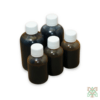


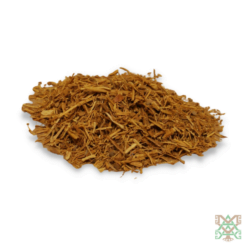
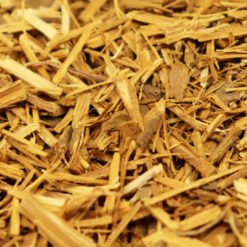
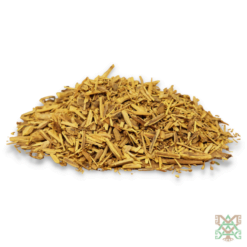
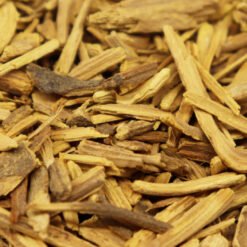
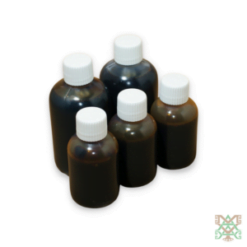
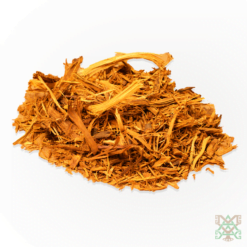
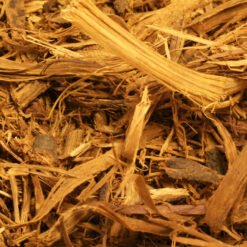
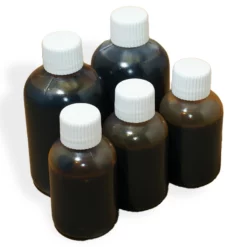
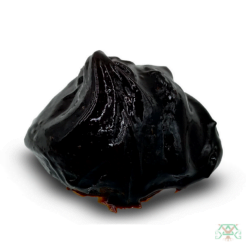
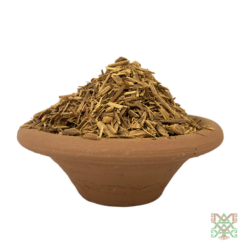
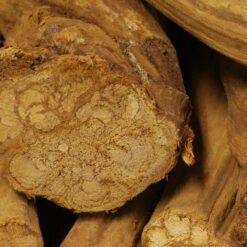
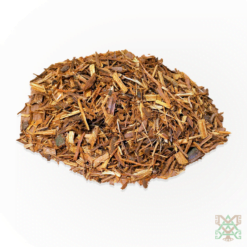
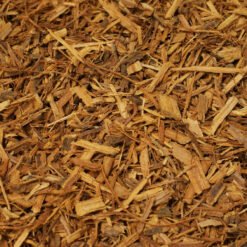

Reviews
There are no reviews yet.